How to Fix Water Hammer in Plumbing Pipes
Water hammer is a plumbing condition that is all too familiar. It's an annoying sound like a bang that verges on startling. And while you may want to wish it away as simply one of those harmless everyday sounds, it can eventually damage your plumbing system. Learning the basics of water hammer and fixing it can save you thousands of dollars in repairs down the road.
How You Know If You Have Water Hammer
Water hammer, or hydraulic shock, is both a sound and a sensation. You'll be shutting off a faucet when a quite audible bang vibrates up the pipes. Because sound is vibration, it's often strong enough so that you can feel it under your hand as you hold the faucet or the handle. You may even see the faucet slightly jump.
The shock of water hammer can even cause dishes and glasses in cabinets to vibrate. You may also hear the sound resonate within the house's inner structure.
What Causes Water Hammer
Water hammer happens because water is shut off quickly. While sink, tub, and shower faucets can cause water hammer, more often clothes washers and dishwashers cause water hammer because they can shut off water faster than by hand. These appliances use solenoid valves, which can close off in as fast as 30 milliseconds.
The alarming sound is caused by the sudden stoppage of water flow. This causes the water supply pipes to bang against studs, joists, beams, or even against other water supply or drain pipes.
How to Fix Water Hammer
Air Chambers
If you've ever seen mysterious lengths of 12-inch capped pipe extending from the supply pipes, these are air chambers meant to quieten water hammer.
Filled with air, each pipe acts as a shock absorber for the water that comes to a sudden halt. Air compresses; water does not. This means that the air in the chamber acts as a cushion for the water.
This simple solution requires advanced plumbing skills for installation. Plus, air chambers can fill with water over time, so the pipes may occasionally need to be drained.
Tip
Water supply pipes always must be properly secured. So, it's always a great idea to replace broken or loose straps as a part of a proper house maintenance schedule. When possible, replace with cushioned pipe clamps made of steel and soft EPDM rubber.
Water Hammer Arrestors
A water hammer arrestor improves on the idea of the air chamber by adding a chamber filled with gas or air that's sealed with a piston or a diaphragm. The diaphragm separates the water and the gas or air.
What Is a Diaphragm?
In plumbing, a diaphragm is a flexible disc that responds to pressure to form a seal, stopping water flow. Diaphragms are often made of various kinds of rubber, along with other materials.
A water hammer arrestor is often spliced into the point where the water supply tube/hose meets up with a shutoff valve. With this method, no pipes need to be cut or sweated back together. Push-fit water arrestors are also available.
Tips
Look for water arrestors that are combined with a valve. Sometimes, space may be an issue, so be sure to purchase a water arrestor that fits the space.
What You'll Need:
Equipment / Tools
- Bucket or towelTongue-and-groove pliers or adjustable wrenchOld towels
Materials
- Water hammer arrestorPlumber's thread seal tape
Instructions
- Turn Off the Water
- Shut off water to the clothes washer, dishwasher, or other areas that experiences water hammer. The device usually will have a shutoff valve that can be turned clockwise to shut off the water. In some cases, you may find an intermediary shutoff valve farther up the line. For installing multiple water hammer arrestors, you may want to shut off the home's entire water supply.
Tip
- The washing machine will have two shutoff valves, one for hot and another for cold. The dishwasher will have one shutoff valve for hot.
- Disconnect the Hoses
- Use a basin to catch spilled water from disconnecting the water. Have a few old towels nearby, too. Use tongue-and-groove pliers or an adjustable wrench to turn loose the hose fittings.
- Wrap Thread Seal Tape
- Wrap the male end of each shutoff valve or water inlet with thread seal tape. Wrap tightly three or four times clockwise. Wrap any male threads on the water hammer arrestor with tape, too.
- Install the Water Hammer Arrestor
Threaded: For threaded water hammer arrestors, thread the device onto each valve or inlet. Turn the female fitting clockwise by hand, then tighten with the pliers.Compression: For compression fittings, slide the compression ring against the valve, then thread on the compression nut and tighten.Push-Fit: Push-fit water hammer arrestors need no tools for installation (though removal does require a small plastic tool). Clean copper tubes of burrs. Make sure that all cuts are square. Push the fitting firmly onto the pipe.
- Connect the Supply Tube or Hoses
- Use the pliers or the wrench, to connect the water supply tube or hose to the water hammer arrestor. Tighten the connection.
- Turn on the Water
- Slowly turn on the water supply by turning the shutoff valve counterclockwise. If you shut off the water to the entire house, faucets may sputter before water begins running freely again. Use a flashlight to visually inspect the connections for leaks. Run every appliance on a water hammer arrestor on one test cycle.
Source: https://www.thespruce.com/fix-water-hammer-pipes-4126485


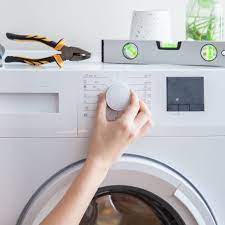
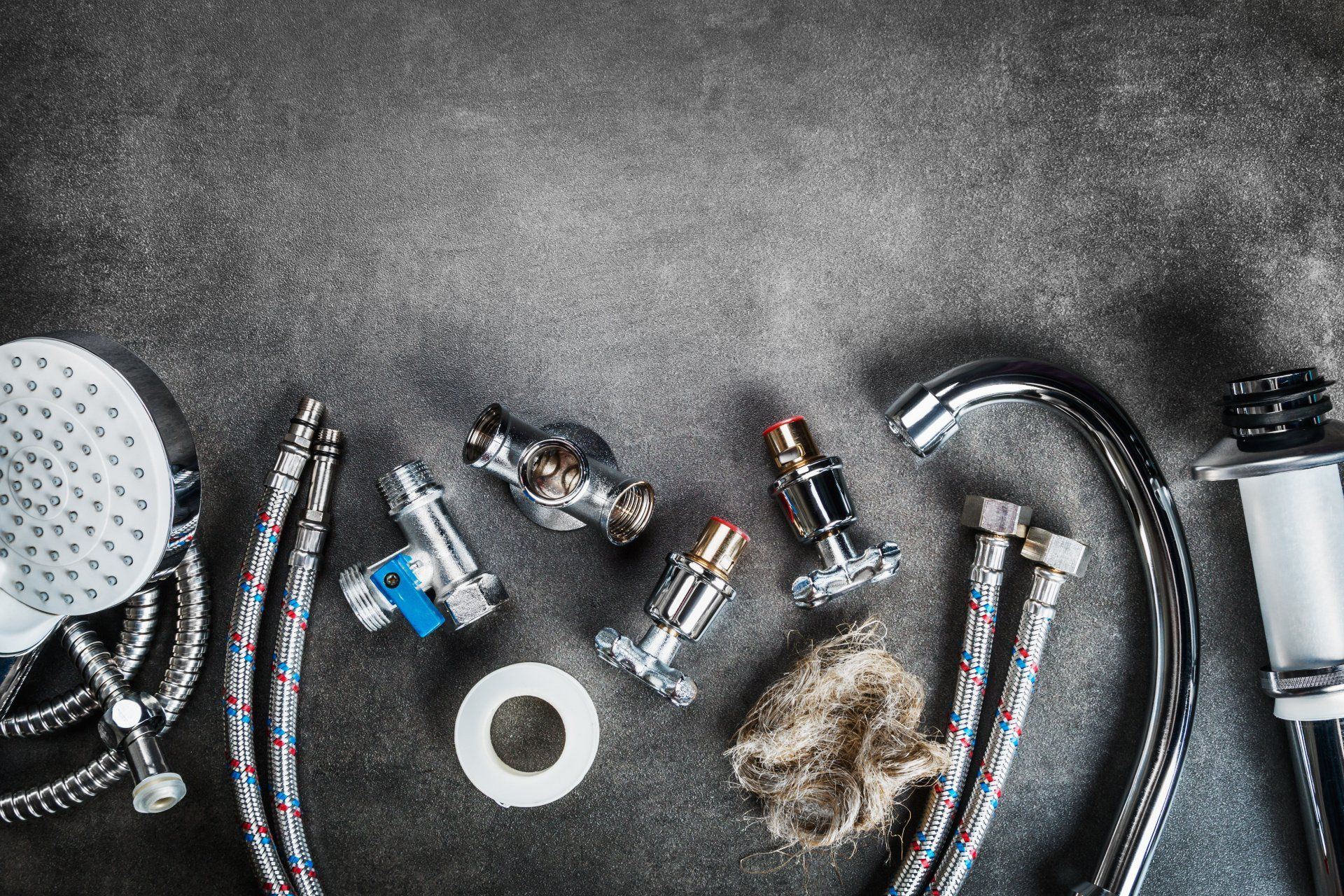

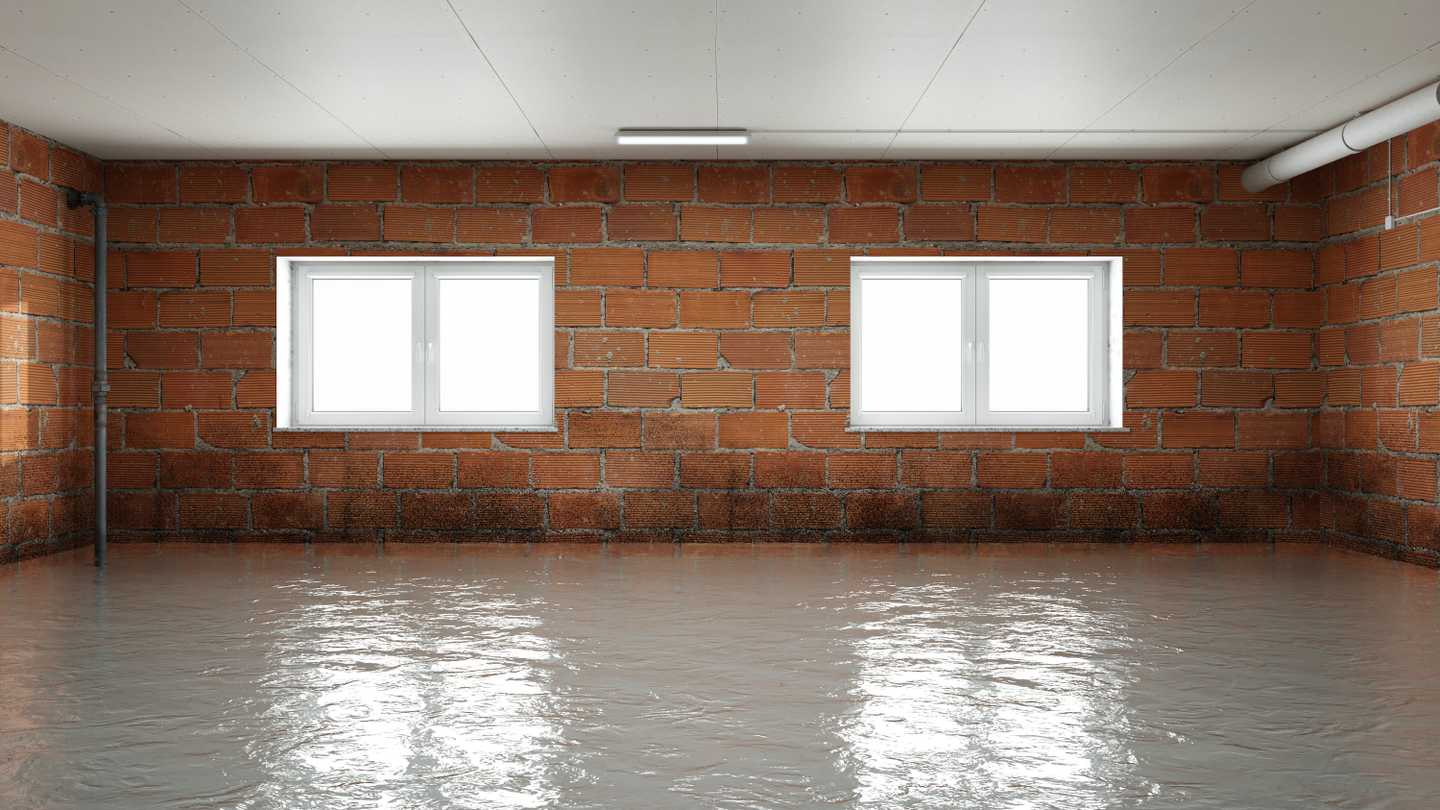
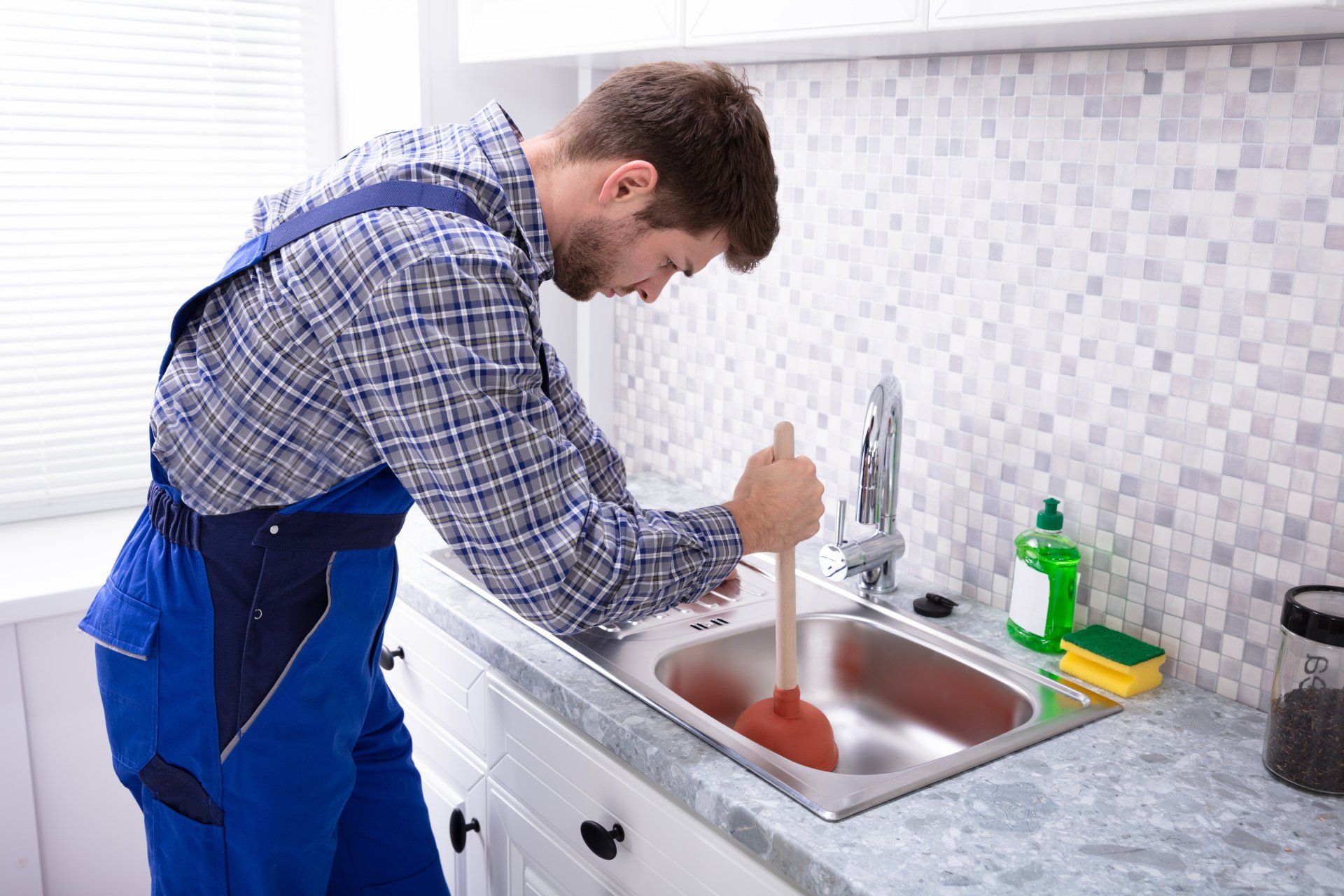
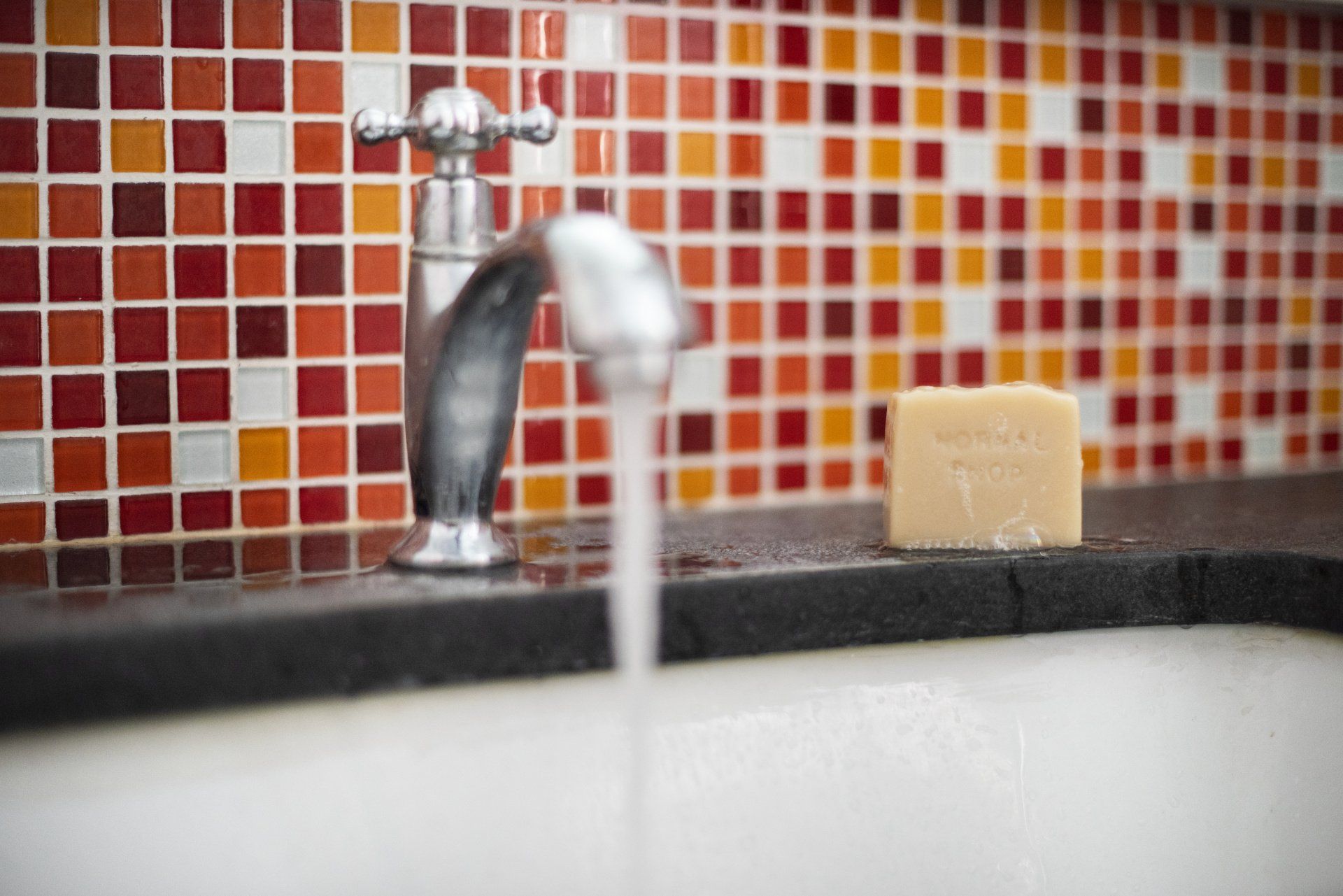




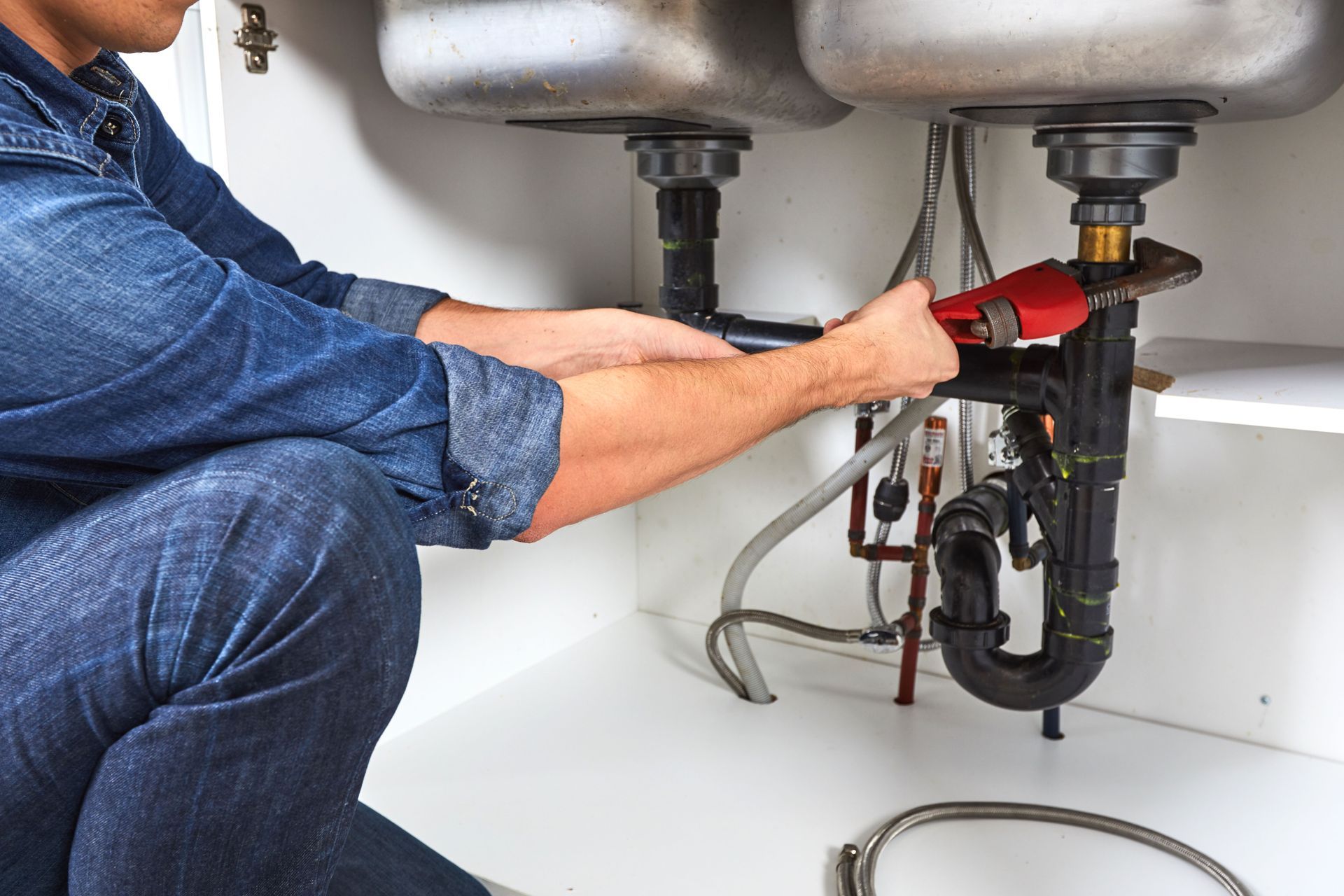
Share On: